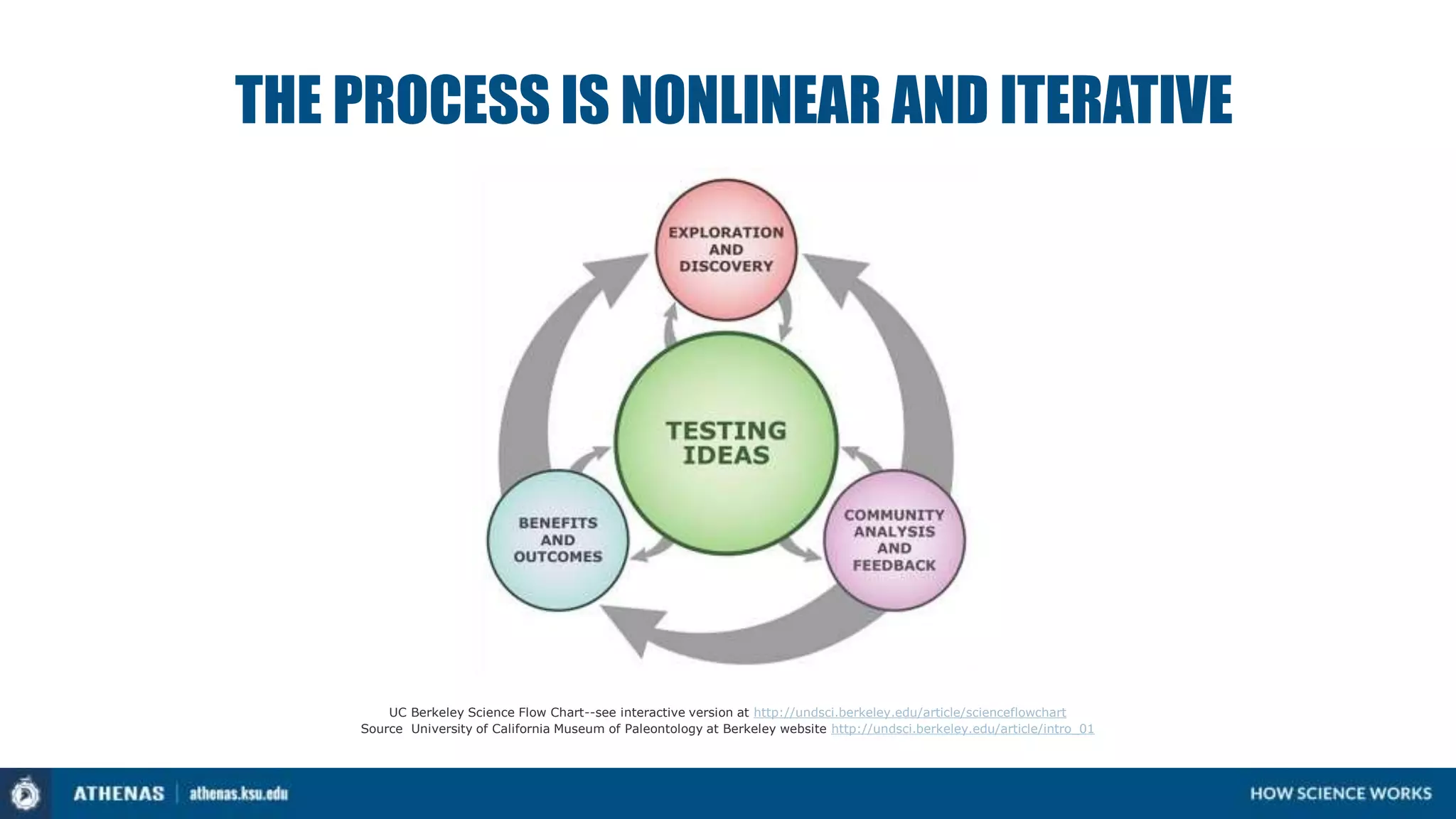Remember what Dick Norris told us earlier about being wrong: 8:39 (Norris) My experience is that I am almost always wrong, that the original idea I came up with is actually 8:45 not a very good explanation for the way nature really works. And, in many respects, I think 8:51 that that's the very best possible outcome, because if it turns out I'd been right to 8:56 begin with, I must not have asked a very interesting question. But because I'm wrong, and I'm discovering 9:02 how I'm wrong, and then also what the alternative explanations are, and eventually coming up 9:08 with what I believe is the correct answer, it is just terrifically more exciting to be 9:13 part of that kind of process. (Narrator)
go back to the other quote and copy that annotation to this one since it is expanded and better
